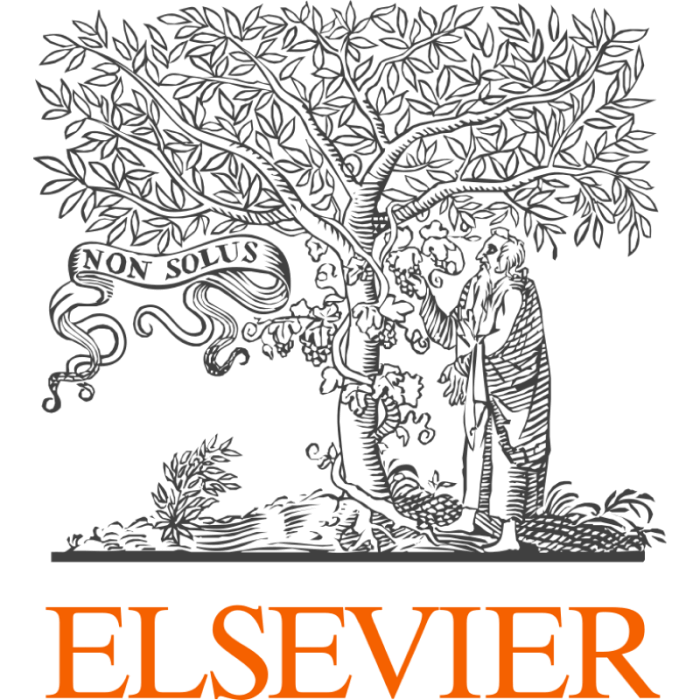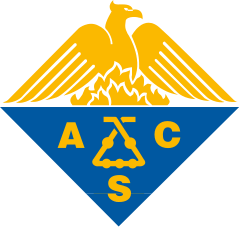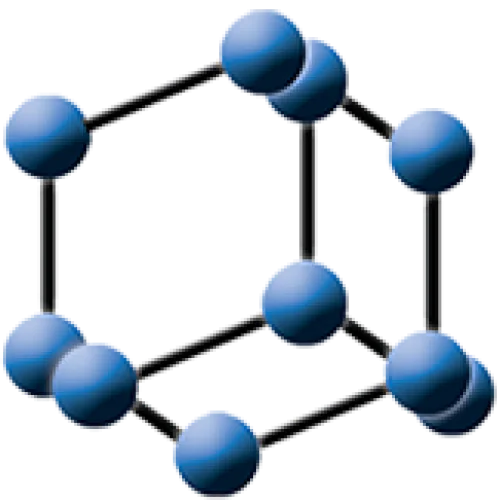Enantioselective voltammetric sensor based on mesoporous graphitized carbon black Carbopack X and fulvene derivative
For medicine and pharmaceuticals, the problem of determining and recognizing the enantiomers of biologically active compounds is an actual issue because the enantiomers of the same substance can have different effects on living organisms. This paper describes the development of an enantioselective voltammetric sensor (EVS) based on a glassy carbon electrode (GCE) modified with mesoporous graphitized carbon black Carbopack X (CpX) and a fulvene derivative (1S,4R)‐2‐cyclopenta‐2,4‐dien‐1‐ylidene‐1‐isopropyl‐4‐methylcyclohexane (CpIPMC) for recognition and determination of tryptophan (Trp) enantiomers. Synthesized CpIPMC was characterized by 1H and 13C nuclear magnetic resonance (NMR), chromatography–mass spectrometry, and polarimetry. The proposed sensor platform was studied by Fourier‐transform infrared spectroscopy (FTIR), scanning electron microscopy (SEM), cyclic voltammetry (CV), and electrochemical impedance spectroscopy (EIS). Using the square‐wave voltammetry (SWV), it was established that the developed sensor is an effective chiral platform for the quantitative determination of Trp enantiomers, including in a mixture and in biological fluids like urine and blood plasma, with adequate precision and recovery ranged from 96% to 101%.











